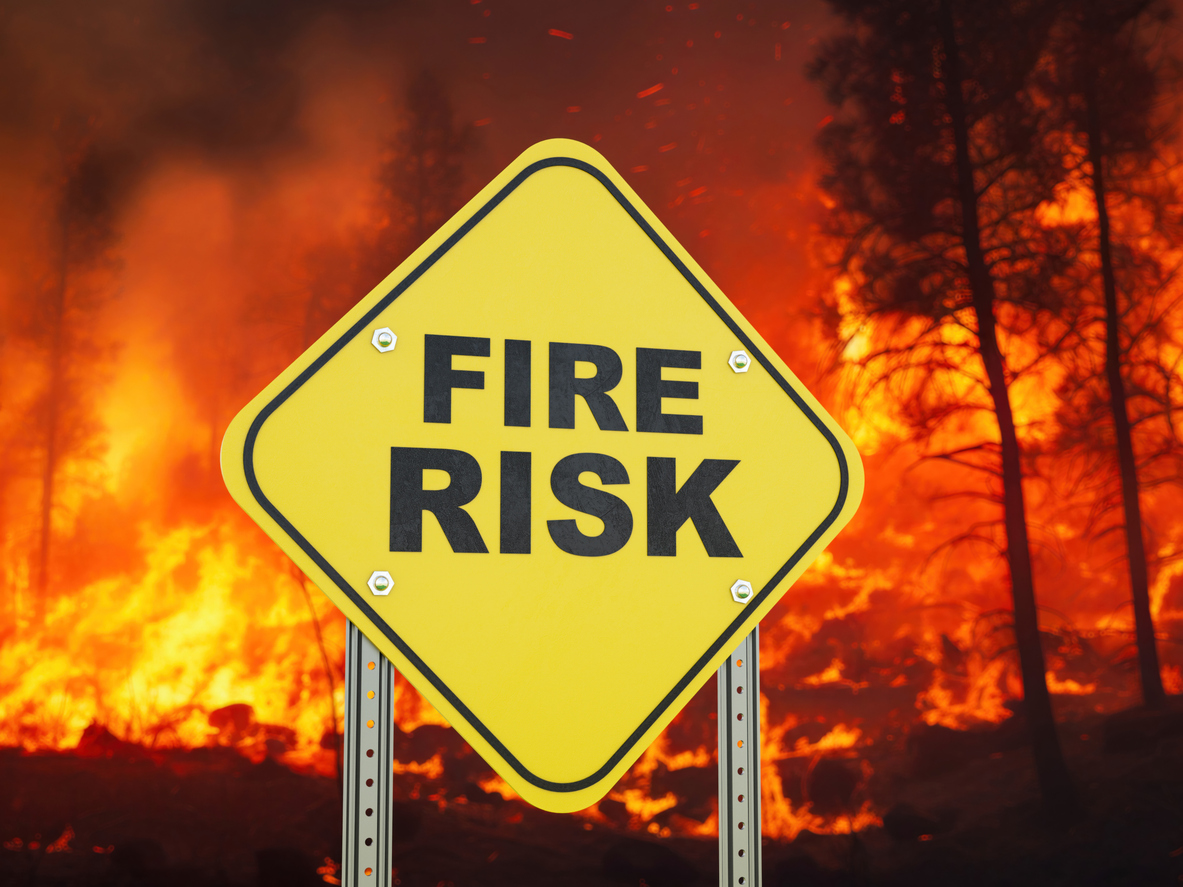We see many commercial insurance claims denied because the insured did not maintain a particular “protective safeguard” required by the policy. For example, a policy may require burglar alarms, and exclude coverage for theft if alarms are not working at the time of a loss. Or, a policy may require fire sprinklers, and exclude coverage for fire loss if the property does not have any. Some provisions may even allow the insurer to deny coverage if the insured failed to have a contract in place for regular service of the protective safeguard, something often seen for Ansul systems in restaurants. Courts across the country have almost uniformly upheld the validity of these endorsements.1
These requirements seem straight forward enough, so why do we see so many claims denied? In nearly every case, the insured first learns about the protective safeguard requirement when the claim gets denied. How can this be?
The first thing we investigate is whether the agent made an error. Almost certainly, a question on the application was answered incorrectly, and that incorrect answer caused the endorsement to be added. If the agent made an error, it may be a simple claim against the agent for negligence.
However, in many cases the agent’s Errors and Omissions insurance limits are insufficient to cover the loss. In these cases, insureds often ask whether the insurer has liability coverage as well. Depending on the relationship between the agent and the carrier, the answer may be simple. But if the agent is “independent” and writes for multiple carriers, the answer likely requires a heavy factual inquiry only possible through litigation.
Insurers may be liable for other reasons as well. The carrier may have, for example, required the agent to apply for the insurance using a proprietary form that asks vague and ambiguous questions about the protective safeguard at issue. For example, many forms only ask if a property is “sprinklered,” even though many sprinkler systems only facilitate a safe exit for occupants and do not protect property. These systems do not satisfy the protective safeguard requirements.
In other instances, the insurance company may have received inconsistent information during the application process and failed to investigate the issue, creating the basis for a policy reformation based on mutual mistake. For example, an insurer may have inspected the property after the policy was issued and learned that the required protective safeguards were not present.
In even rarer situations, an insurer may have obtained information from third-parties that put them on notice of the lack of a protective safeguard system. For instance, Verisk, the successor company to the Insurance Services Office, inspects many buildings itself to create and sell Building Underwriting Reports, or “BURs,” to carriers. Carriers purchase these reports for many reasons, including as part of a routine audit of its policies. If the carrier obtained a BUR that showed the information entered by the agent was incorrect but chooses not to disclose that to the insured, a cause of action for fraudulent concealment might be viable.
Getting past a denial for failing to comply with a protective safeguard endorsement is often a difficult path that requires litigation and careful thought. Working with an attorney experienced on the issue is the best way to understand what options may exist for reversing the denial.
_______________________________________________
1 See American Way Cellular, Inc. v. Travelers Property Casualty Co. of America (2013) 216 Cal.App.4th 1040, 1054-55 (citing cases).



